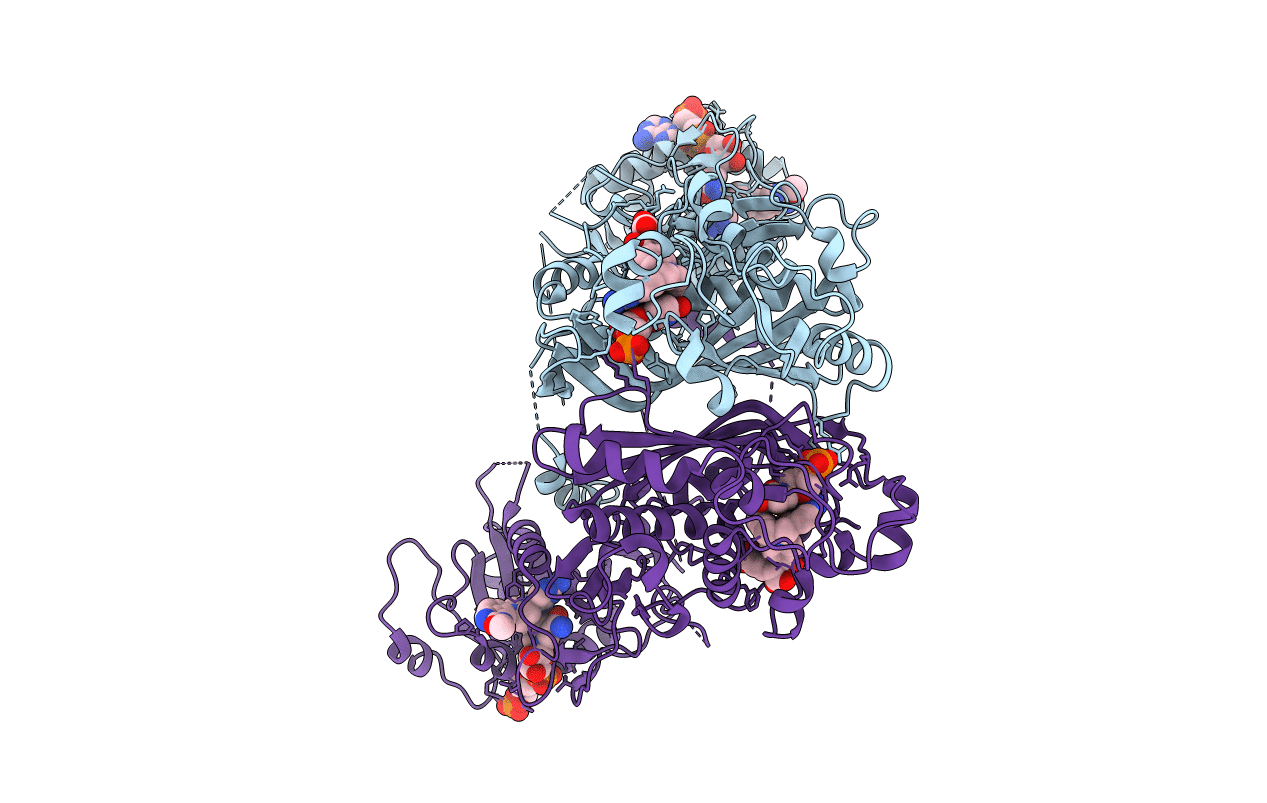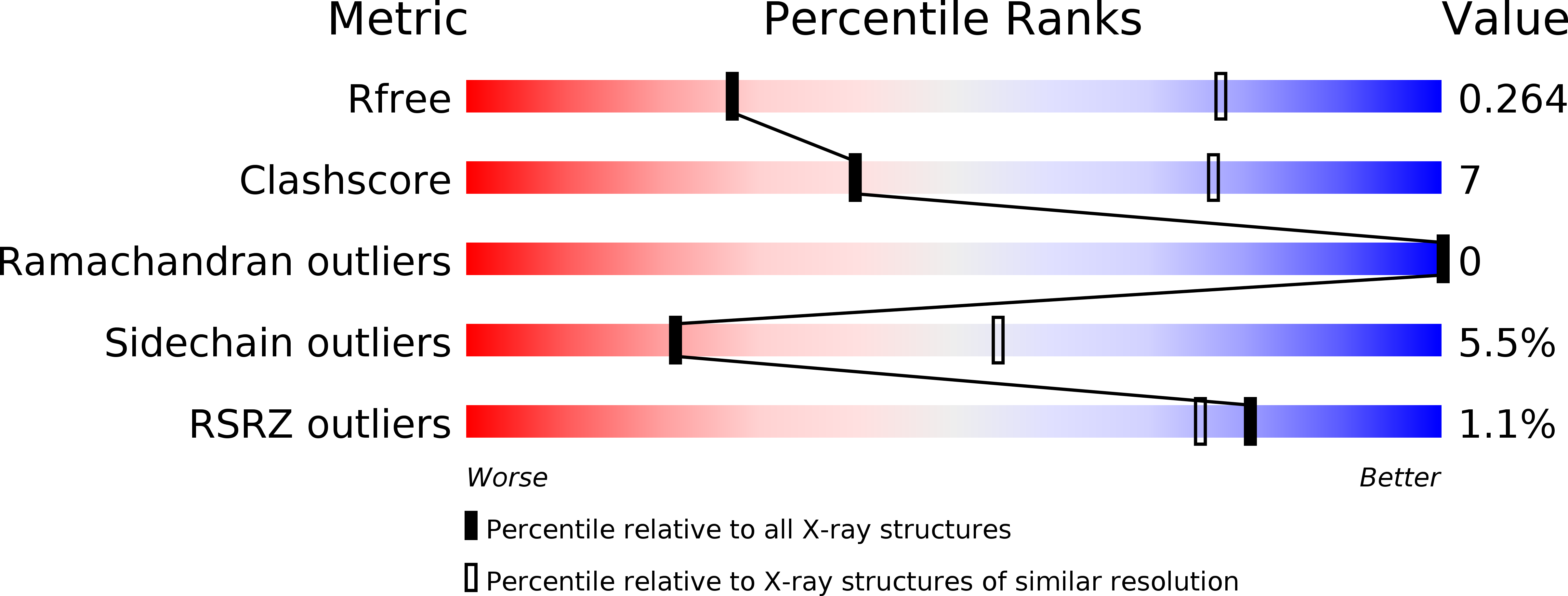
Deposition Date
2018-11-11
Release Date
2019-01-23
Last Version Date
2023-10-11
Entry Detail
PDB ID:
6N1T
Keywords:
Title:
Toxoplasma gondii TS-DHFR in complex with selective inhibitor 3
Biological Source:
Source Organism:
Toxoplasma gondii (Taxon ID: 5811)
Host Organism:
Method Details:
Experimental Method:
Resolution:
3.50 Å
R-Value Free:
0.26
R-Value Work:
0.19
R-Value Observed:
0.20
Space Group:
P 21 21 21


